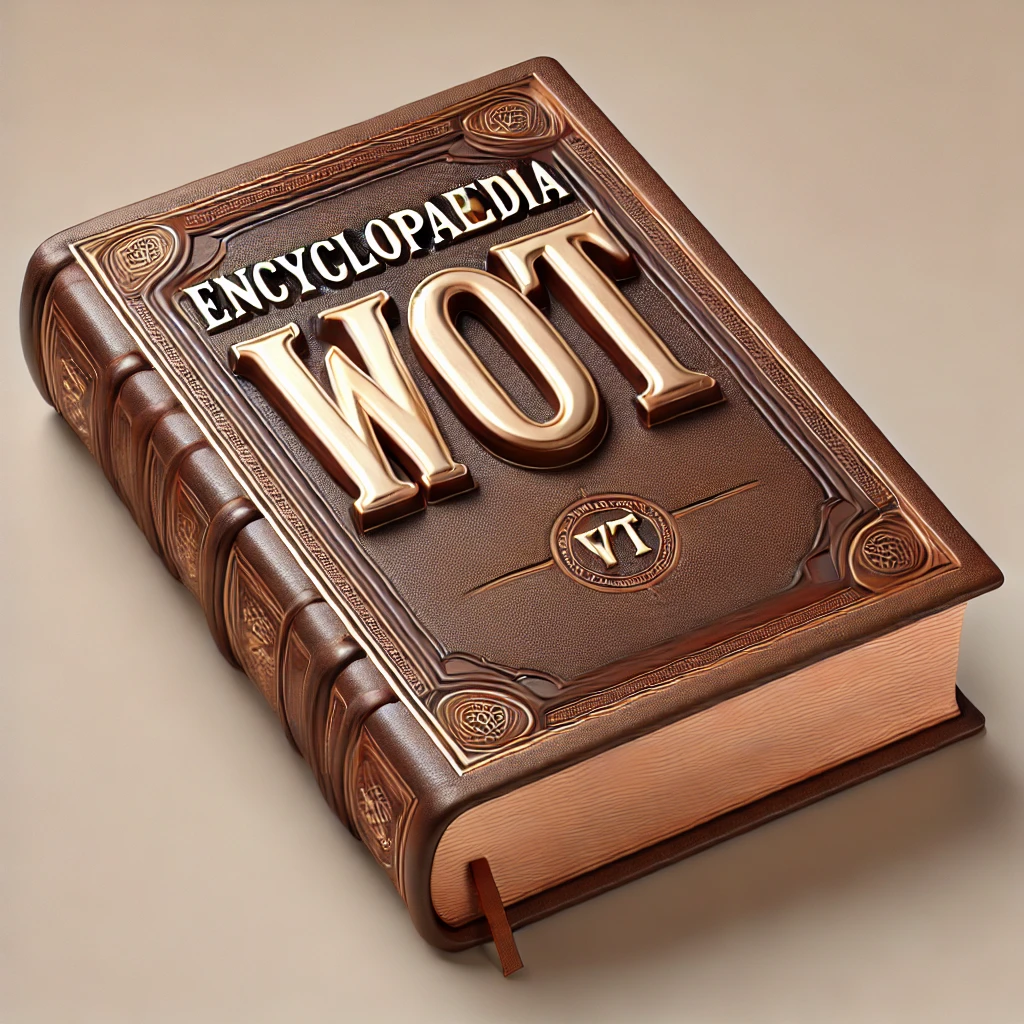According to the glossaries:
The Toman Calendar (devised by Toma dur Ahmid) was adopted approximately two centuries after the death of the last male Aes Sedai and recorded years After the Breaking of the World (AB). Many records were destroyed in the Trolloc Wars, so much so that with the end of the Wars there was argument about the exact year under the old system. A new calendar was proposed by Tiam of Gazar, celebrating the supposed freedom from the Trolloc threat and recording each year as a Free Year (FY). The Gazaran calendar gained wide acceptance within twenty years after the Wars' end. Artur Artur Paendrag Tanreall attempted to establish a new calendar based on the founding of his empire (FF, From the Founding) but this is now known and referred to only by historians. After the widespread destruction, death and disruption of the War of the Hundred Years, a fourth calendar was devised by Uren din Jubai Soaring Gull, a scholar of the Sea Folk, and promulgated by the Panarch Farede of Tarabon. The Farede Calendar, dating from the arbitrarily decided end of the War of the Hundred Years and recording years of the New Era (NE), is currently in use.
There are 10 days to the week[1], 28 days to the month and 13 months to the year. Several feast days are not part of any month; these include Sunday (the longest day of the year), the Feast of Thanksgiving (once every four years at the spring equinox), and the Feast of All Souls Salvation, also called All Souls Day (once every ten years at the autumn equinox).
Months are seldom named, much less days numbered, except in official documents and treaties. For common use, so many days before this feastday or after that suffices.
There are details of the calendar, months of the year and major holidays in the Guide.
References#
Bel Tine and Winternight#
- NS,Ch15 - Bel Tine is celebrated throughout the Westlands. It does not come at a fixed time; rather, it comes later in northern climates and earlier in southern climates.
- NS,Ch20 - Bel Tine celebrations are underway in Manala.
- TEotW,Earlier - The two major parties in the Two Rivers are Bel Tine in the spring and Foolday in the fall.
- TEotW,Ch1 - Bel Tine celebrates the coming of spring. There is much feasting and partying. The night before Bel Tine is Winternight.
Day of Reflection#
- Guide - Another name for High Chasaline.
- NS,Ch14 - In Cairhien High Chasaline is known as the Day of Reflection. It is a day spent dwelling on one's sins and faults.
Day of Repentance#
Feast of Abram#
- Guide - The Feast of Abram is celebrated on the ninth day of Jumara in Tarabon, Amadicia, Ghealdan, Andor, Altara, Murandy, Illian (Country), Tear and Cairhien.
- TPoD,Ch17 - At the Feast of Abram, prizes are baked into honeycakes.
- TGS,Ch28 - Things go very wrong in Hinderstap about the Feast of Abram.
Feast of All Souls Salvation#
- Lord of Chaos,Glossary - The Feast of All Souls Salvation, also called All Souls Day, is celebrated once every ten years at the autumn equinox. It is not part of any month.
Feast of Embers#
- ACoS,Ch38 - In Ebou Dar, the Feast of Embers follows two days after the Festival of Birds. Maddin's Day is two days after that and the Feast of the Half Moon is the following night.
- TPoD,Ch1 - The Feast of Embers is two days after the Festival of Birds.
Feast of the Half Moon#
- ACoS,Ch38 - In Ebou Dar, the Feast of Embers follows two days after the Festival of Birds. Maddin's Day is two days after that and the Feast of the Half Moon is the following night.
Feast of Lights#
- Guide - In many localities the second day of the Feast of Lights is called First Day or Firstday and is considered a particular time to give charitably.
- NS,Ch14 - Every window in the White Tower is lit for the Feast of Lights creating a glorious image.
- LoC,Ch53 - The Feast of Lights is a two day celebration starting on the last and shortest day of the year. There is dancing in the Two Rivers. In Cairhien it is a party of wild abandon.
Feast of Sefan or Teven#
- TEotW,Ch26 - Illian (Country) celebrates the Feast of Sefan in the spring with a contest for the best telling of The Great Hunt of the Horn.
- TGH,Ch9 - In Illian (Country), the festivities for the Great Hunt of the Horn blend into the Feast of Teven.
Feast of Thanksgiving#
- Lord of Chaos,Glossary - The Feast of Thanksgiving is celebrated once every four years at the spring equinox. It is not part of any month.
Festival of Birds#
- ACoS,Ch28 - The morning of the Festival of Birds, the dice start rolling in Mat's head.
- ACoS,Ch29 - At the Festival of Birds in Ebou Dar, revelers wear bird feathers and little else.
- ACoS,Ch38 - In Ebou Dar, the Feast of Embers follows two days after the Festival of Birds. Maddin's Day is two days after that and the Feast of the Half Moon is the following night.
- TPoD,Ch1 - The Feast of Embers is two days after the Festival of Birds.
Firstday#
- Guide - In many localities the second day of the Feast of Lights is called First Day or Firstday and is considered a particular time to give charitably.
- TFoH,Ch48 - Agni Neres wants pay for his passengers. He gives alms on Firstday and that is it.
Foolday#
- TEotW,Earlier - The two major parties in the Two Rivers are Bel Tine in the spring and Foolday in the fall.
- ACoS,Ch12 - Egwene thinks some of the Salidar Aes Sedai still see Gareth Bryne's army as a Foolday mask to frighten Elaidas Foretellings.
High Chasaline#
- Guide - High Chasaline is also called the Day of Reflection.
- NS,Ch14 - In Cairhien High Chasaline is known as the Day of Reflection.
- ACoS,Ch1 - High Chasaline is celebrated on the twelfth day of the year. Also called the Day of Reflection, it is a day of celebration in remembrance of all the good things in life. Complaining on High Chasaline is bad form.
- ACoS,Ch4 - High Chasaline is apparently not a big celebration in Cairhien.
Maddin's Day#
- ACoS,Ch38 - In Ebou Dar, the Feast of Embers follows two days after the Festival of Birds. Maddin's Day is two days after that and the Feast of the Half Moon is the following night. Maddin's Day celebrates the founder of Altara.
Sunday#
- A Crown of Swords,Glossary - Sunday is celebrated on the longest day of the year. It is not part of any month.
- KoD,Ch12 - The TuathaAn hold an annual gathering on Sunday.
Swovan Night#
- ACoS,Ch16 - Queen Tylin corrals Mat into spending the Swovan Night dances and following festivals with Beslan.
- ACoS,Ch17 - The windows of The Wandering Woman are decorated with pine boughs for Swovan Night.
- ACoS,Ch21 - In Ebou Dar, revelers celebrate Swovan night with music and dancing and wear evergreen sprigs in their hair.
Notes#
[#1]Although the Lord of Chaos glossary states that there are ten days per week, there are statements in earlier books that clearly indicate a seven day week. There is no definitive delineation, but the change probably happened between The Fires of Heaven and Lord of Chaos.
 );
background-size: contain;
background-repeat: no-repeat;
background-position: center;
height: 40px;
width: 40px;
color: black;
);
background-size: contain;
background-repeat: no-repeat;
background-position: center;
height: 40px;
width: 40px;
color: black;
 ); }
.blue:after {margin-left: 0.15em; content:url(
); }
.blue:after {margin-left: 0.15em; content:url( ); }
.brown:after {margin-left: 0.15em; content:url(
); }
.brown:after {margin-left: 0.15em; content:url( ); }
.gray:after {margin-left: 0.15em; content:url(
); }
.gray:after {margin-left: 0.15em; content:url( ); }
.green:after {margin-left: 0.15em; content:url(
); }
.green:after {margin-left: 0.15em; content:url( ); }
.red:after {margin-left: 0.15em; content:url(
); }
.red:after {margin-left: 0.15em; content:url( ); }
.white:after {margin-left: 0.15em; content:url(
); }
.white:after {margin-left: 0.15em; content:url( ); }
.yellow:after {margin-left: 0.15em; content:url(
); }
.yellow:after {margin-left: 0.15em; content:url( ); }
.amyrlin:after {margin-left: 0.15em; content:url(
); }
.amyrlin:after {margin-left: 0.15em; content:url( ); }
); }






